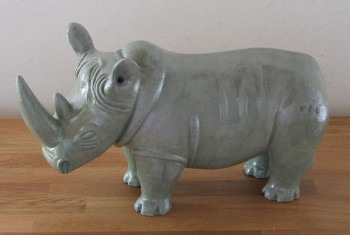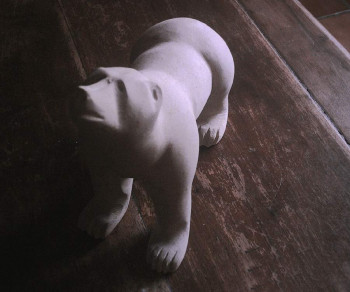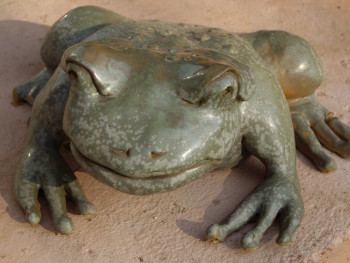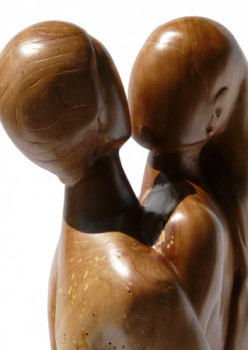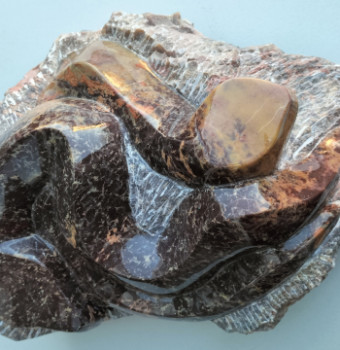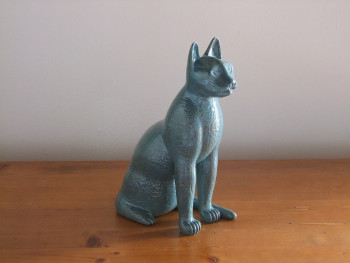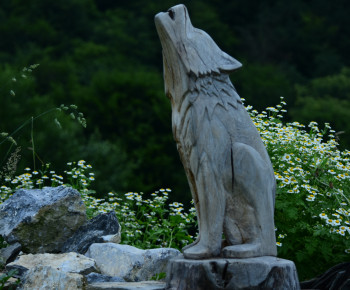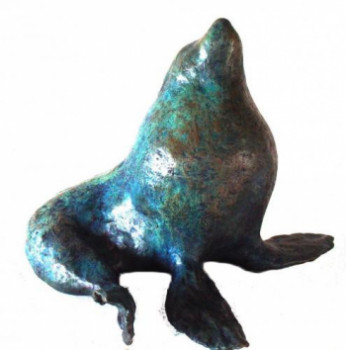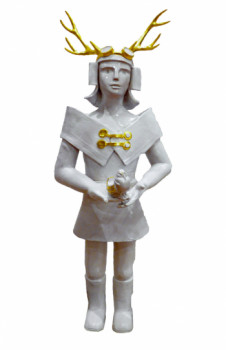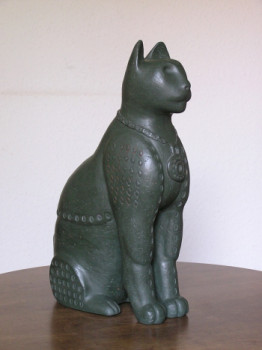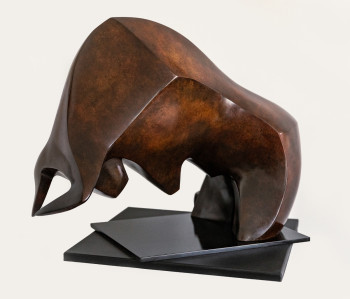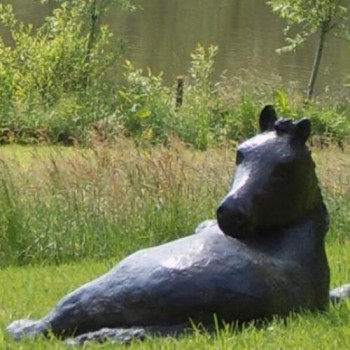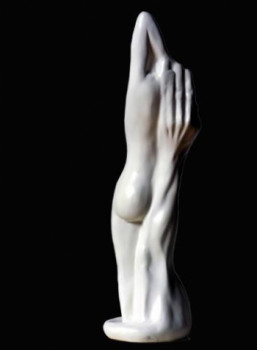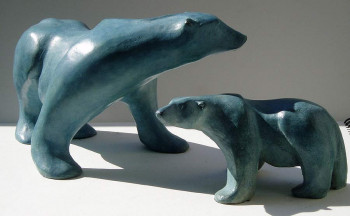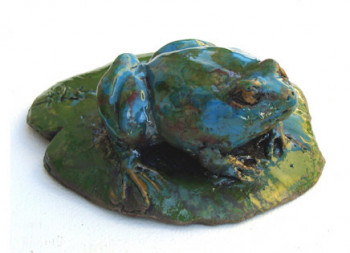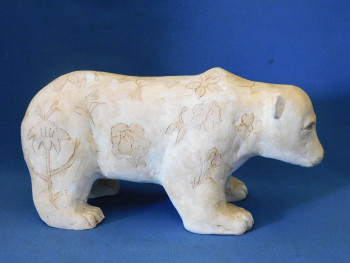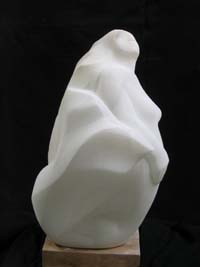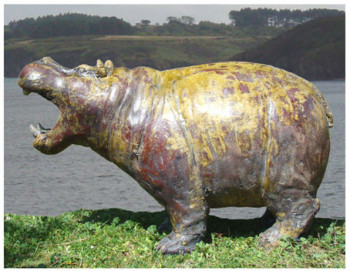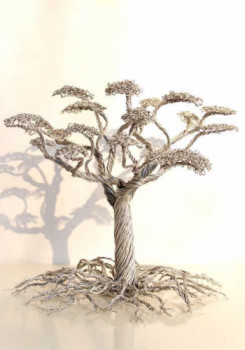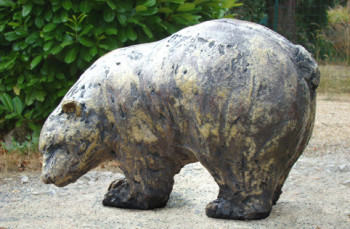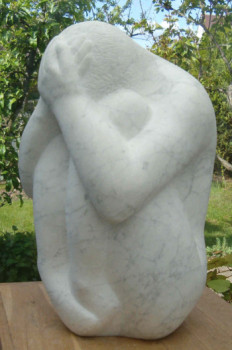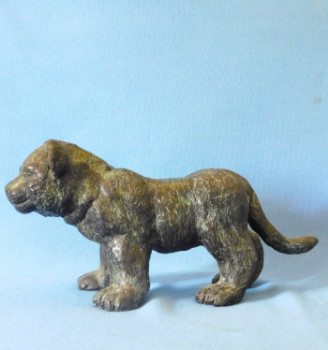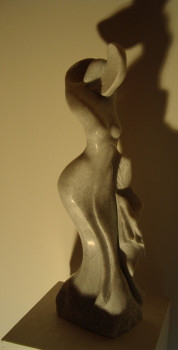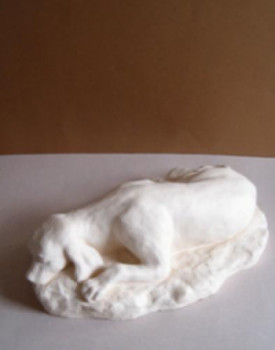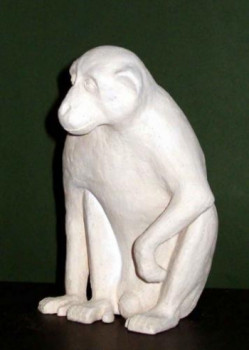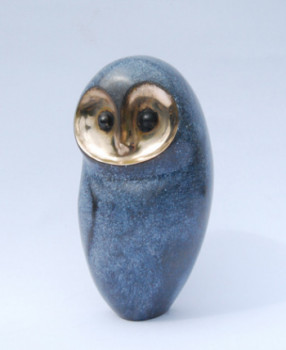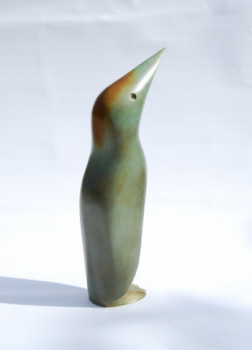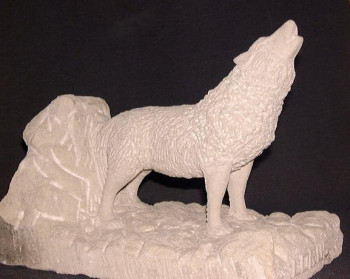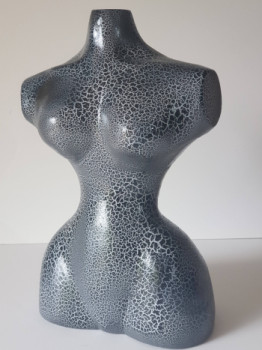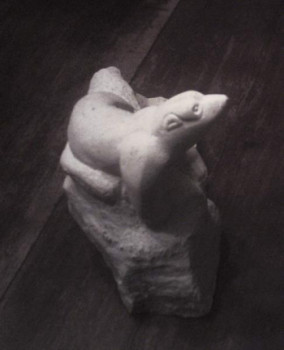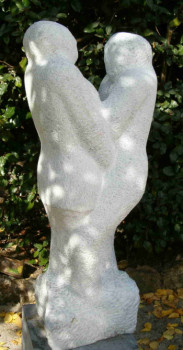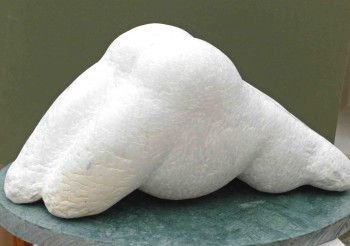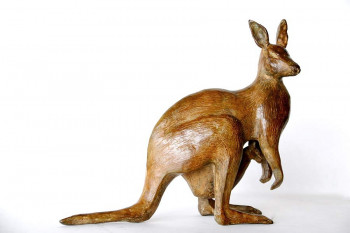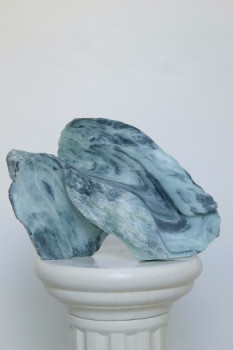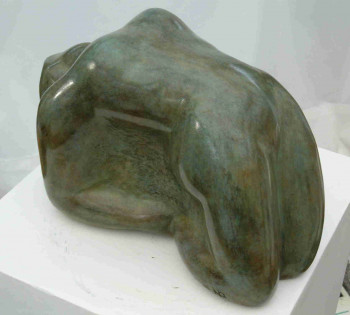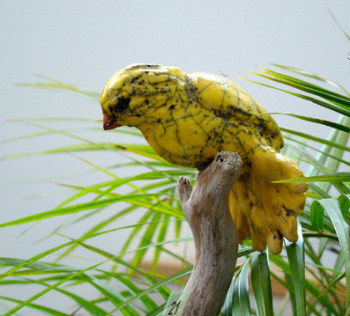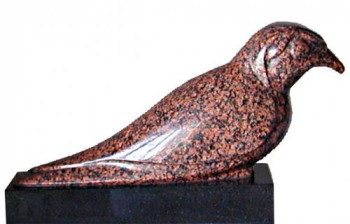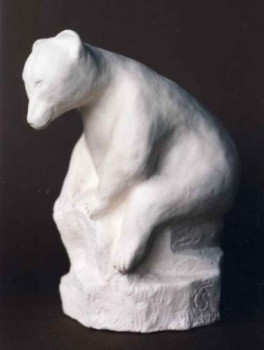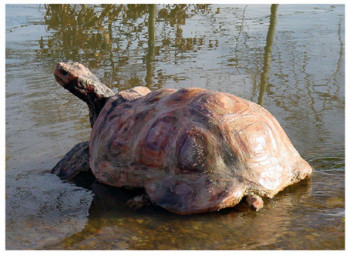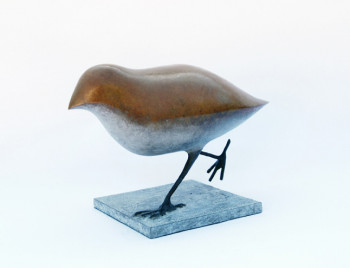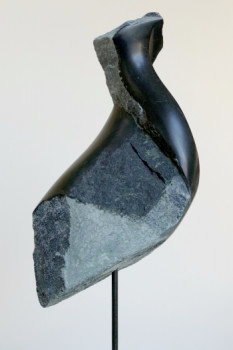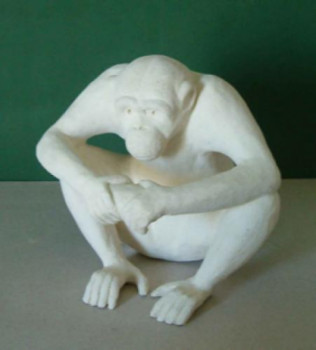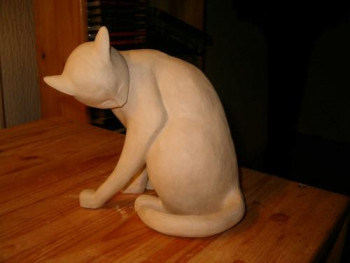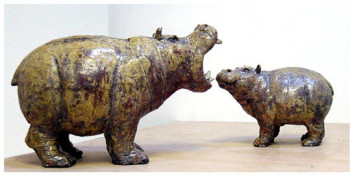
Pompon or the art of refined animal sculpture
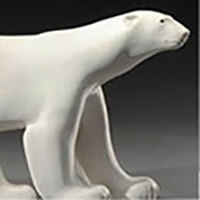
The summary of the life of a sculptor, François Pompon
Sculptor artist renowned for his works, François Pompon (1855 - 1933) is distinguished by his animal sculptures. Based in Paris, he He goes every day to the menagerie of the Jardin des Plantes. To immerse himself in the shapes and volumes, he observes the animals which become his living models. Pompon studies their morphology, their approach and is extremely attached to the movement and movement of the animal. The sculptor the draws then shapes them on the pattern in the clay of his portable workshop.
He is also interested in farm animals. Whether wild or domestic, they are the models of the artiste. Creating sculpture in the volume by making it come alive in its movement fascinates him. He seeks simplicity. shapes for a very pure appearance by removing any unnecessary details. The White Bear brought him fame, but he goes on and on and on. sculpt and polish his animals.
Pompon, his vision as a sculptor in a few quotes
"It is the movement which determines the form, what I tried to render is the sense of movement."
"What is interesting is the animal that is moving."
"In the Jardin des Plantes, I follow the animals when they walk."
«When you have a success , lock yourself in your workshop and work.»
He says he makes the animal as a whole. with all the details then gradually, he eliminates to keep only what is necessary.
Pompon, his life made of passion for animal sculpture
Sculptor animalier, François Pompon was born in 1855 in Paris. Saulieu, a small town in Burgundy. From modest circumstances, he spent some time in the workshop of his father, a journeyman carpenter-cabinet maker. Thanks to a scholarship, he moved to live in 1870; Dijon. He entered a marble workshop as an apprentice and trained to do so. the size of the stone. He also takes courses at university. the Dijon School of Fine Arts in architecture then in engraving. Pompon studies sculpture with François Dameron, sculptor and teacher.
He settles down at Paris in 1875 to work as a marble worker in a funeral company. At the same time, he follows training at a university level. "the little school", the former School of Decorative Arts of Paris. He receives the teachings of Aimé Millet and Pierre Louis Rouillard, both sculptor artists. The latter is a professor of anatomy and sculptor for the Natural History Museum. He introduces him to the animals in the plant garden.
work force, François Pompon made a reputation, he became renowned for his work. and highly sought after in the capital. From 1880 until 1914, he was the practitioner of the greatest sculptors: Antonin Mercié, Alexandre Falguière, Auguste Rodin of whom he became in 1893, the workshop manager for ten years. He refines his sense of observation and learns the importance of light on subjects. The sculptor sculpted the stone for Camille Claudel with whom he worked. several times.
Pompon decided, in 1905, to devote himself to animal sculpture in movement and with pure lines.
In 1922, the Salon d'Automne was held in Paris. Paris where Pompon exposes the White Bear. The sculpture achieved real success which made the artist sculptor famous throughout the world. 67 years old. His work is presented life-size and in motion, it is easy to imagine him walking on the ice floe. From its soft, sober and rounded lines, we can distinguish its muscular mass.
After the triumph of the White Bear, the artist sculptor continues his quest simplicity and purity in his art. He creates new animal sculptures. His models can be found in the Jardin des Plantes where he works. he goes every day with his traveling workbench.
The Pelican, the black panther, the duck, the great deer, the hippopotamus are some of his works. The bull, made of bronze, is on display. Saulieu, his hometown and will be the last work before his death. He died on May 6, 1933 following a suicide attack. an operation. He leaves alone, without family and rests in his hometown, at the end of the year. Saulieu, under the Condor. Later, Canon Kir had his workshop brought back to a new location. Dijon at the Palace of the Dukes. Before his death, At the age of 78, he banned any reproduction of his work, but this was not enforced. respected. Many copies have been made. made, devaluing the original works.
Pompon, some central sculptures from his work
The White Bear
François Pompon became famous when he exhibited in 1922 at the Salon d'Automne l'Ours White which will stand out for its modernity. Made of plaster and life-size, the bear walks. The sculpture, all in roundness, brings a softness to the look. the wild animal. His visible muscles suggest the movement. No relief appears on the sculpture, its coat and claws are not represented. It was by looking at it, by scrutinizing it that he learned to understand; know its morphology and volumes. "I like sculpture without holes or shadows" declares the artist sculptor.
The Black Panther
Created in 1925, the Black Panther with ears The bedside is also in motion. Its slender, patinated, polished silhouette makes it a remarkable bronze work.
The Hippopotamus
From his numerous visits to the Jardin des Plantes, Pompon takes inspiration from the animals he sketches before sculpting them in plaster. The Hippopotamus is shaped like a stone. life-size in 1931. He cut it, smoothed it, broke it, and the corners to leave only its round body and its open mouth.
Other famous sculptures
Lover of animals, whether wild or domestic, François Pompon works tirelessly on silhouettes until 'simplicity pure. He models them for a living rendering.
- the owl - bronze 1923
- the duck - plaster 1934
- the pelican - plaster 1925
- the great deer - plaster 1929
- the head of the orangutan - black marble 1930
- the condor - bronze 1923
Pompon, lover of animals and his art, brings modernity to his life. in the world of sculpture. He became a source of inspiration for other sculptors such as Brancusi, Duchamp-Villon, Art.
Découvrez quelques oeuvres inspirées de Pompon
